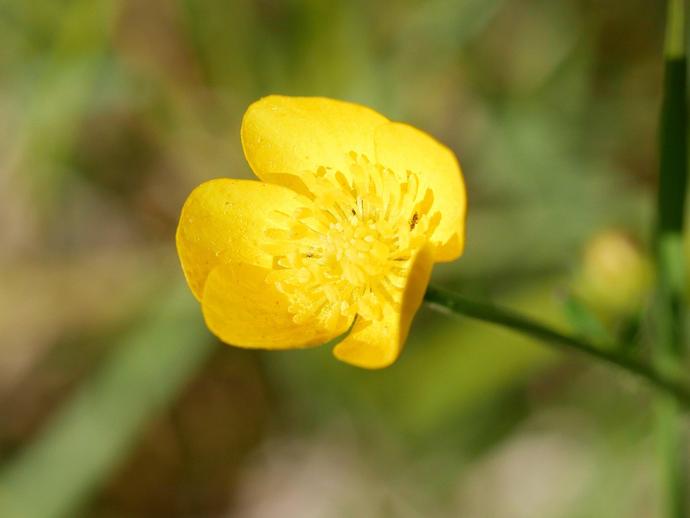May 16, 2020
There are many different species of buttercups, all belonging to the genus Ranunculus. "Ranunculus" is Latin for "little frog," and it likely got its name because these plants tend to grow near water and in poorly-draining soil.
Buttercups have a tendency to pop up in pastureland, which is potentially dangerous as all species within the genus are poisonous. Fortunately, livestock tend to avoid them unless they're truly desperate for food.
Perhaps the neatest feature of the buttercup is that the flowers are highly reflective! The upper surface of the petal is incredibly smooth and almost acts as a mirror, which likely helps attract pollinating insects. When you were a child, there's a good chance someone held a buttercup flower under your chin and told you that if your chin turned yellow, it meant you liked butter. Because the flower is so highly reflective, the trick works on everybody. Then again, I don't know anyone who doesn't like butter, so I guess it's pretty accurate. #BenInNature
NEW! If you discover something in nature that you would like help identifying, be sure to message us right here on Facebook with a picture and we'll have our experts help you identify it!
About this post: Social distancing can be difficult, but the next few weeks present a great opportunity to become reacquainted with nature. While he is working from home, Administrator of Science Ben Williams is venturing outdoors each day to record a snapshot of the unique sights that can be found in the natural world.
This post brought to you by VMNH Corporate Supporter King's Grant Retirement Community.

 Hours & Admissions
Hours & Admissions Directions
Directions

